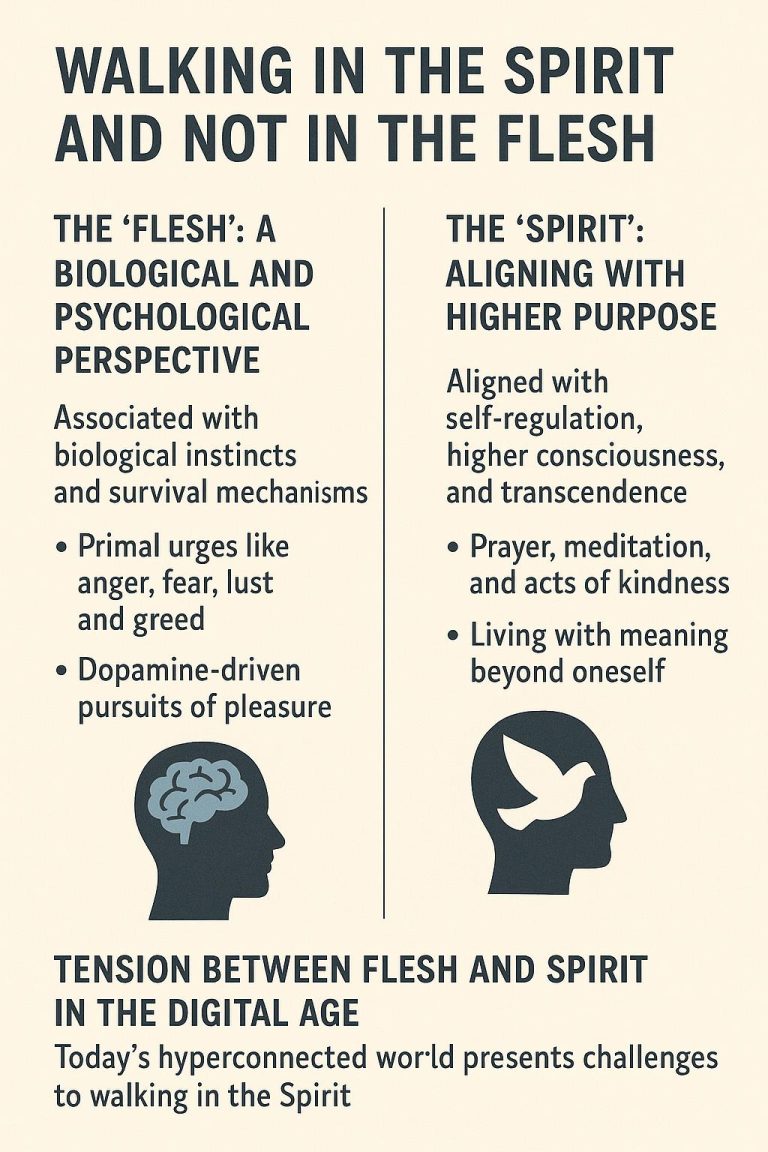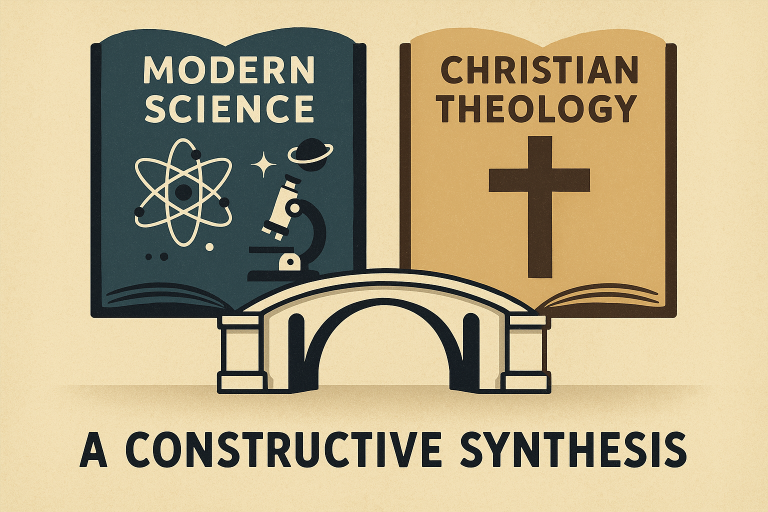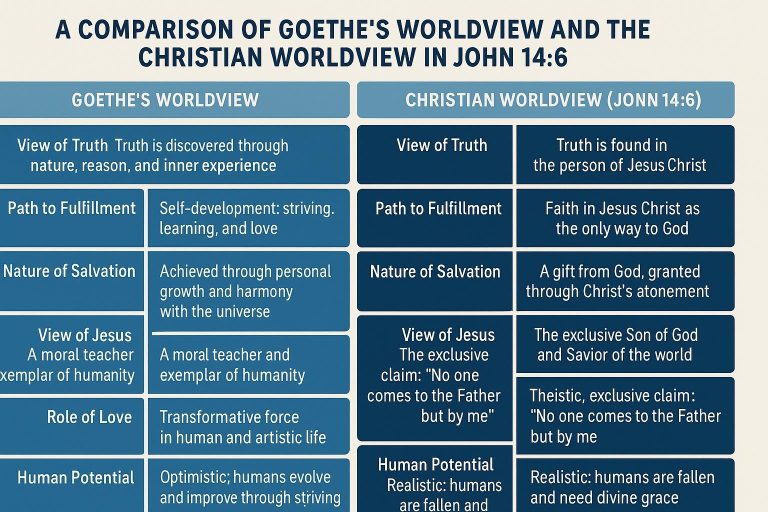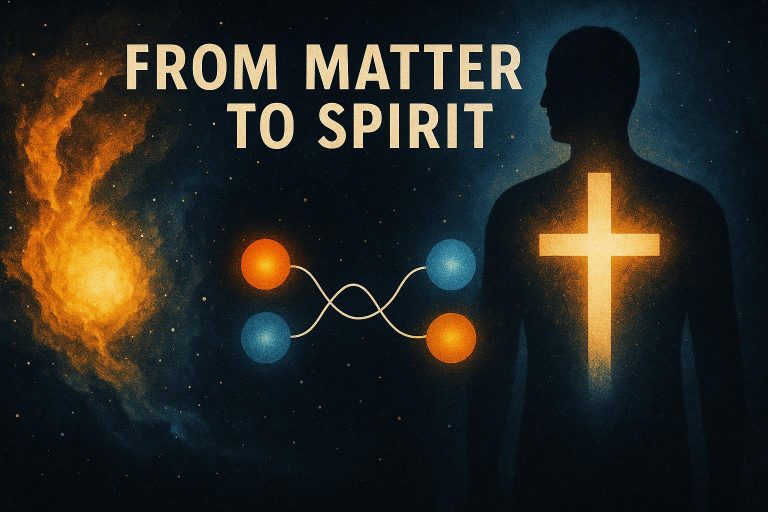Dual-Aspect Monism: A Philosophical Overview
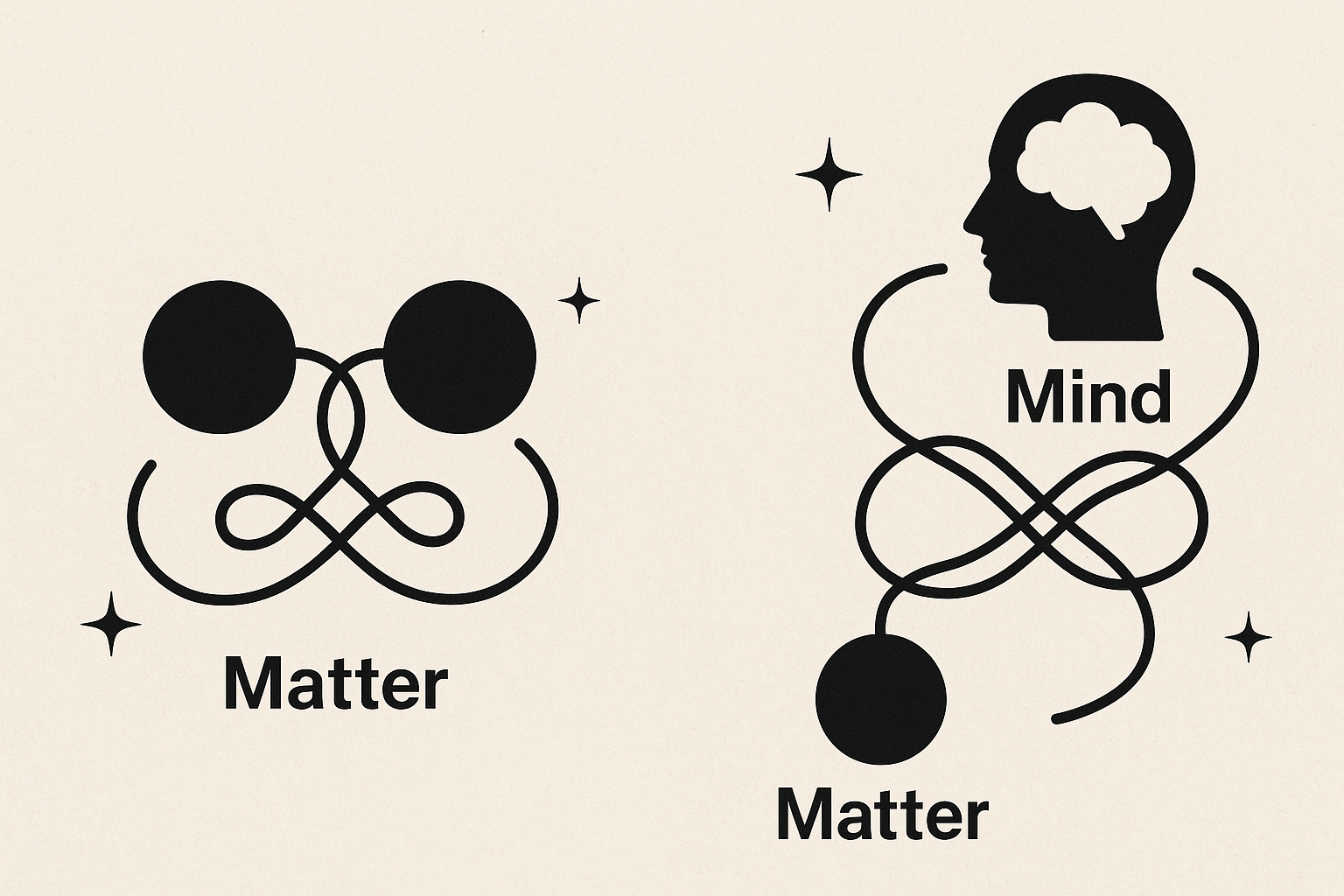
The other day I had a discussion with chatGPT on that subject. Since I often see parallels between outer and inner reality.
Dual-Aspect Monism is a metaphysical theory about the relationship between mind and matter. It suggests that both are not fundamentally separate substances (as in dualism), nor is one reducible to the other (as in materialism or idealism). Instead, mind and matter are two aspects of the same underlying reality.
1. Core Idea
Rather than viewing the universe as made up of either physical stuff or mental stuff, dual-aspect monism posits:
There is one underlying substance or reality, which expresses itself in two different ways:
– As physical phenomena (matter, energy, brain processes)
– As mental phenomena (thoughts, feelings, consciousness)
These aspects are complementary, much like how wave and particle are complementary descriptions of quantum entities in physics.
2. Historical Roots
- Baruch Spinoza (17th century) is often credited with a form of dual-aspect theory. He argued that God or Nature is a single substance with infinite attributes, of which thought and extension (matter) are two that humans can perceive.
- In the 20th century, physicist Wolfgang Pauli and psychologist Carl Jung explored similar ideas through the concept of psychophysical reality, where the psyche and the physical world mirror each other.
3. Modern Developments
Modern philosophers and theorists who advocate or explore dual-aspect thinking include:
- David Chalmers – suggests consciousness might be a fundamental aspect of reality, similar to space or mass.
- Thomas Nagel – has argued for a “view from nowhere” where subjective and objective aspects must both be accounted for.
- Galen Strawson – defends panpsychism within a dual-aspect framework, proposing that all matter has experiential (mental) aspects.
4. Key Features
Feature Description Monism There is only one kind of ultimate substance or reality Dual-Aspect This one reality has both physical and mental aspects Non-reductive Mental states are not reducible to physical states, nor vice versa Complementarity Both aspects are needed for a complete description of reality Ontological symmetry Neither mind nor matter is more “real”—both are equally fundamental
5. Comparison with Other Views
View Description Dualism Mind and matter are two separate substances Physicalism Everything is physical; mind is a product of the brain Idealism Everything is mental or mind-based Dual-Aspect Monism One underlying reality shows both physical and mental aspects
6. Implications
- Avoids the hard split between mind and body seen in Cartesian dualism.
- Offers a non-reductive yet naturalistic account of consciousness.
- Potentially aligns with quantum physics concepts (e.g., observer-dependent phenomena).
- Raises questions about the nature of the “underlying reality” and how it manifests.
If I bring this all before God I am reminded of Jesus’ saying: The kingdom of heaven is within you.
Within us, as a spiritual realm. And us having a body of matter. Physical eyes that can see physical things. And eyes of our minds that can recognise immaterial relations. And both is reality.
What might be the one underlying reality?
Can it be found in God, as the creator of all things? As it is written: In the beginning was the word (logos).

